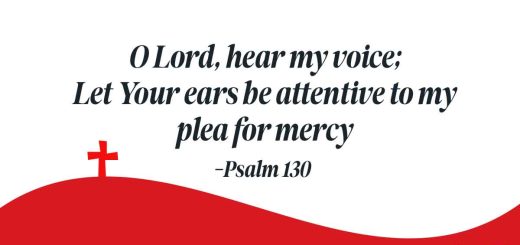New Evangelisation ardour needed
Let me begin with warm greetings for a happy and peaceful New Year! Sounds strange to be saying that when so much time has already passed. Thats a sure sign of how busy its been so far.

“What is new is the understanding of what it means to be evangelised. ” (CNS photo/Karen Callaway, Catholic New World)
The one activity I want to focus on is the synod of bishops on the New Evangelisation for the Transmission of the Christian Faith. The first thing to note about the synod was its family spirit and very practical nature. Perhaps it had something to do with the presence of over 100 non-bishops, and the fact that there was not too much theologising and theorising.
For example, during free discussion time two heavyweights crossed swords (verbal ones of course) on the best age for conferring the sacrament of confirmation.
One argued strongly from the theological point of view, calling for confirmation to be given its proper theological place in the sequence of the sacraments of initiation. The other argued equally strongly for it to be delayed to 15-17 years of age for good pastoral reasons.
The rest sat there wondering whether theology or pastoral care would win. It is gratifying to be able to say that the pastoral priority is in fact being observed in many more places than one would have thought. So, the challenge is to apply the vision, principles and guidelines of the New Evangelisation to the way we prepare, celebrate and follow up after confirmation.
Given that the New Evangelisation is first and foremost getting to know, love and serve Jesus by means of a truly personal encounter with him, there is much to do to ensure confirmation classes/lessons/workshops become real Come and see as well as Come, follow me experiences, rather than simply sessions for passing on information.
The synod on New Evangelisation did not come up with anything totally new. What it did was accurately discern that the New Evangelisation is needed not just in Europe and North America where there has been wholesale falling away from the faith, but also in Africa, Asia and Latin America, where practice is still strong.
What is new is the understanding of what it means to be evangelised. One would say it has two directions, ad intra and ad extra. Ad intra is what needs to happen to us within as happened to Andrew and his companion. They heard about Jesus from John the Baptist, decided to find out more for themselves; began to follow him; only to be challenged by his question: What do you want? In answer to their query Where are you staying? Jesus issues his call to personal encounter with him: Come and see!
What follows explains even more clearly what the New Evangelisation is about. They stayed the rest of the day with him. The ad extra happened after they left Jesus. Thats when Andrew sought out his brother Simon and brought him to Jesus, saying: “We have found the Messiah. He is Jesus of Nazareth.
To do effective evangelisation we will need three things (says the synod) (a) new ardour, enthusiasm, energy and intensity, (b) new methods, in particular personal experience and witness and (c) new expressions or ways of actually living out the fruits of our encounter with Jesus.
Sounds like a homily, doesnt it? Perhaps thats exactly what our homilies should be – sharings about our personal experience of Jesus!
- Commit to the Common Good - September 25, 2017
- Cardinal Pell Case: Facts First - August 1, 2017
- Men Must Embrace their Chosen Life - January 18, 2017




